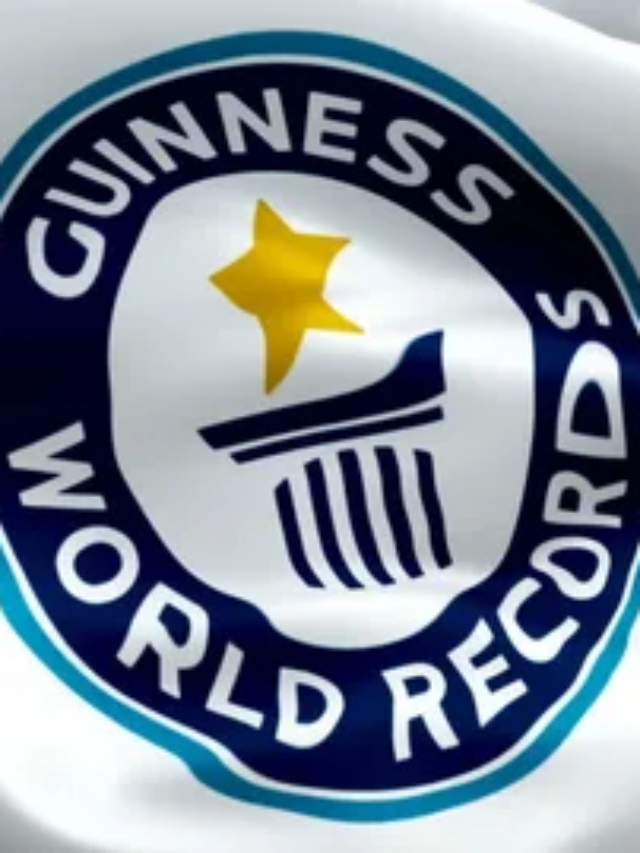
Deep brain stimulation (DBS) was used by Cleveland Clinic researchers in a first-in-human trial for stroke rehabilitation patients to target the dentate nucleus, which governs fine motor control, cognition, language, and sensory functions in the brain.
The majority of participants (nine out of 12) in the EDEN experiment (Electrical Stimulation of the Dentate Nucleus for Upper Extremity Hemiparesis Due to Ischemic Stroke) showed improvement in both motor impairment and function.
A crucial finding of the study was that participants who had at least minimal distal motor function at the time of enrollment showed improvements that nearly tripled their initial scores. These findings, which were published in Nature Medicine, are the culmination of more than ten years of preclinical research conducted at Cleveland Clinic under the direction of lead researchers Andre Machado, MD, PhD, and Kenneth Baker, PhD.
“These are reassuring for patients as the participants in the study had been disabled for more than a year and, in some cases, three years after stroke. This gives us a potential opportunity for much-needed improvements in rehabilitation in the chronic phases of stroke recovery,” said Dr Machado, chair of Cleveland Clinic’s Neurological Institute.
“The quality-of-life implications for study participants who responded to therapy have been significant.”
The DBS stroke recovery technique was invented by Dr. Machado. The Vercise DBS systems used in the trial were provided by Boston Scientific, which also holds a license for those patents. Cleveland Clinic Innovations founded Enspire DBS Therapy, Inc. in 2010, a Cleveland Clinic portfolio company, in order to commercialize technology created at the Cleveland Clinic and co-finance the study. Dr. Machado is Enspire’s chief scientific officer and also holds equity ownership rights and stock options.
“We saw patients in the study regain levels of function and independence they did not have before enrolling in the research,” Dr Machado said. “This was a smaller study and we look forward to expanding as we have begun the next phase.”
Twelve people with unilateral middle cerebral artery strokes 12 to 36 months prior and chronic, moderate-to-severe hemiparesis of the upper extremity were enrolled in the EDEN trial. Major issues were not encountered during the entire study. Nine out of the twelve participants experienced improvements that are regarded as significant in stroke rehabilitation.
Each participant underwent DBS surgery, which involved inserting electrodes into the cerebellum, a region of the brain. The electrodes were used to deliver tiny electric pulses to help people regain control of their movements after being connected to a device that resembled a pacemaker.
Participants underwent months of physical therapy after being released from the hospital and making a full recovery from their surgery, first with the DBS device turned off for a few weeks and then on for four to eight months. The most notable advancements were noticed after powering on the device.
The need for further, larger trials to determine whether cerebellar DBS is in fact a potential treatment for post-stroke motor impairment is undoubtedly supported by the safety and feasibility data from this early study, combined with the potential symptom improvements.
The main factor causing long-term disabilities is stroke. Every year, 800,000 people in the United States alone experience a stroke. While the majority of patients will survive the acute phase, ongoing neurological problems are likely to have a negative impact on productivity and quality of life, with about 50% of survivors still showing severe disability that necessitates assistance with daily activities.
According to Dr. Baker of the Cleveland Clinic Lerner Research Institute, “there are currently no efficient methods to improve the outcomes of physical rehabilitation for the hundreds of thousands of stroke survivors.”
“The results of the study found that deep brain stimulation, paired with physical therapy, improved movement in patients who were more than a year out from their stroke and whose motor improvements had largely plateaued. This tells us the research warrants further investigation in larger patient samples.”
Also Read: People With Low Vitamin K Levels Have Less Healthy Lungs: Study
To read more such news, download Bharat Express news apps






































